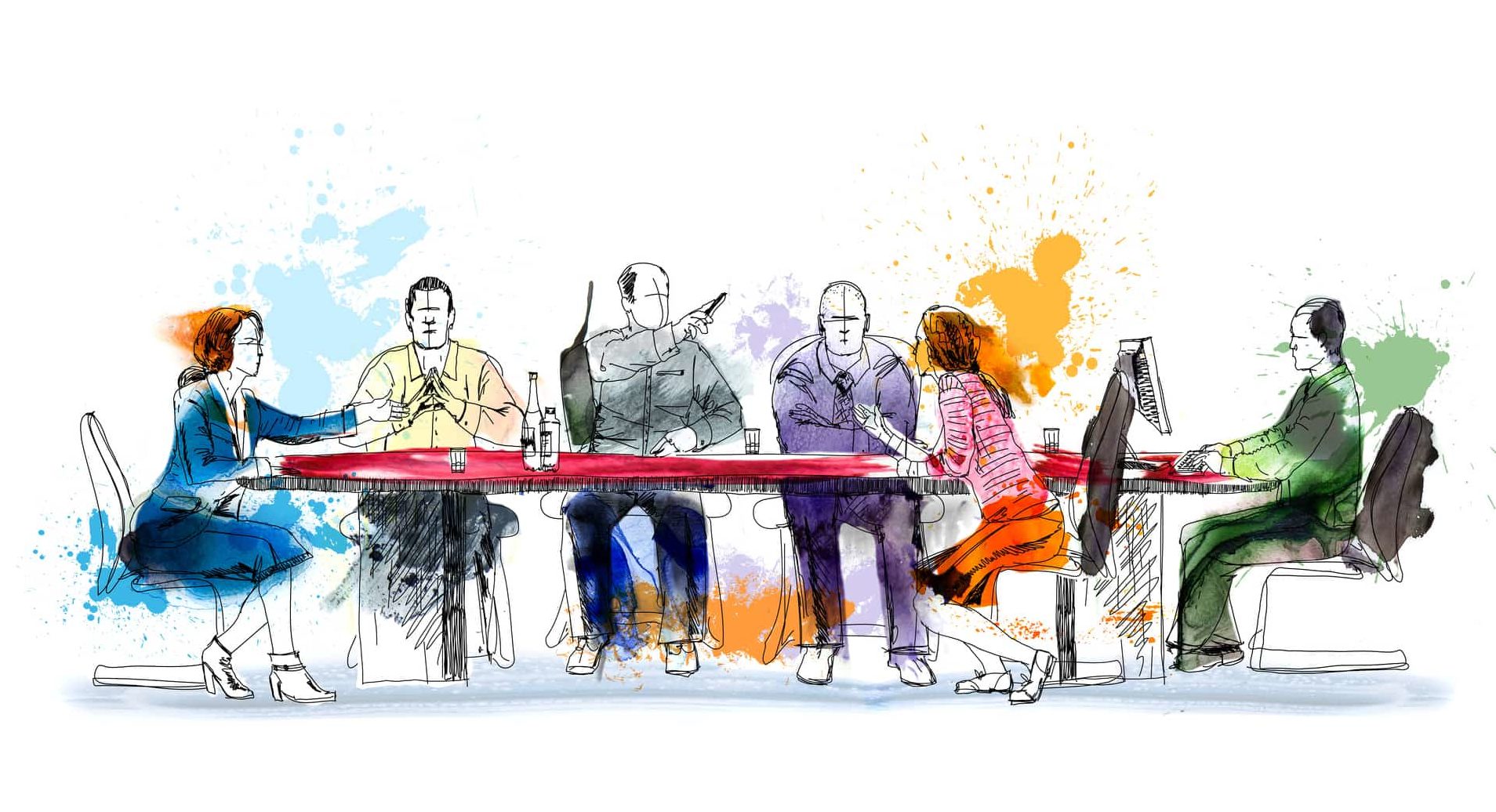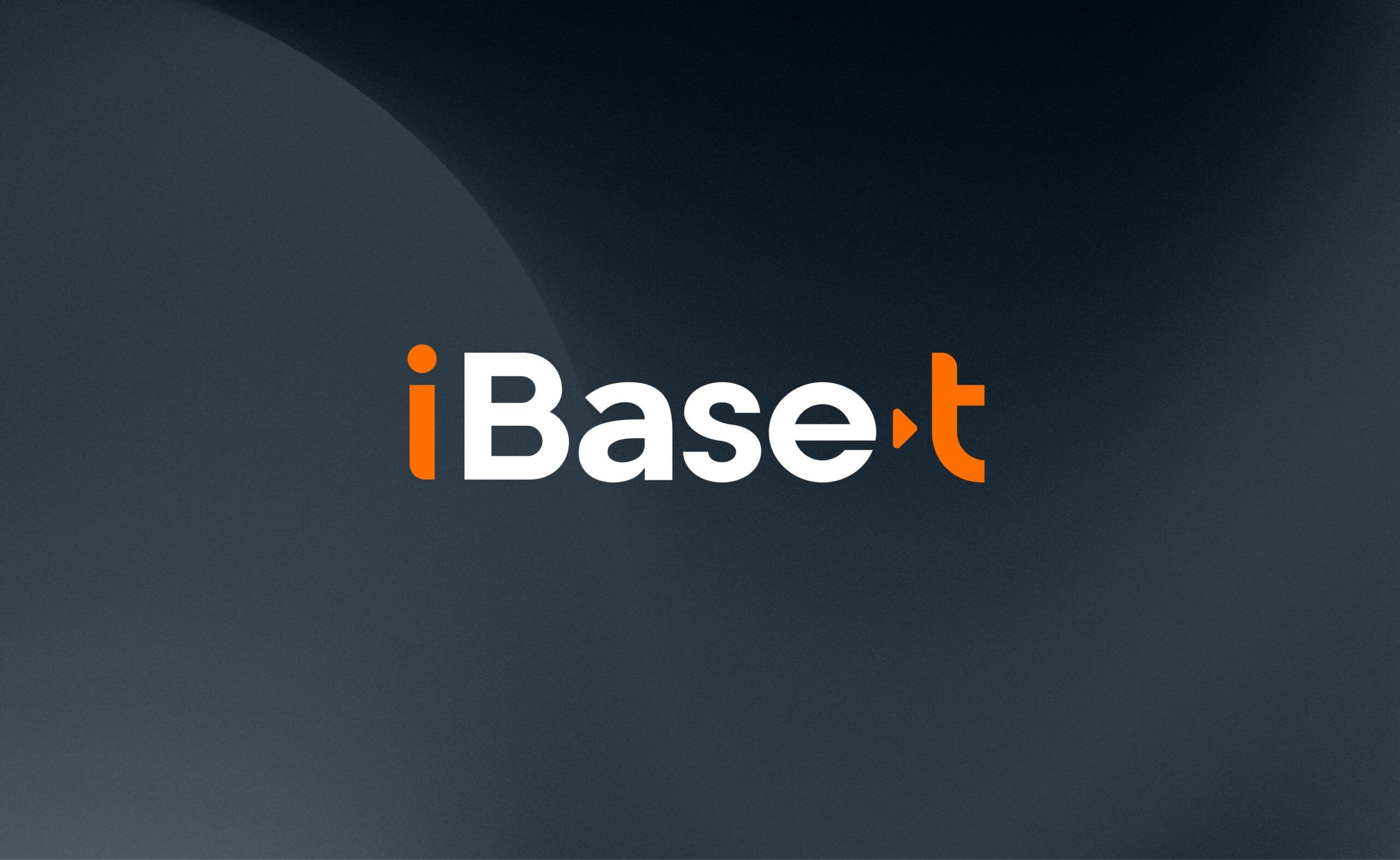Despite economic uncertainty, manufacturers are investing more in technology than ever before. As manufacturers try to compensate for supply chain issues, inflation, labor shortages and increasing ESG pressures, technology promises to provide agility to better react to market demands. Whether it is IT or operational technology (OT), too many manufacturers will focus on the implementation costs although some smarter manufacturers will look at the total cost of ownership (TCO), But even those manufacturers will most likely only look at the purchase, implementation, and maintenance costs over the projected life of the purchase. Whether they pursue a capital purchase or look at expensing the technology via an as-a-service (XaaS) subscription, they will need to justify their investment based on some expected return. Unfortunately, the media is filled with case histories of digital transformation projects that fail to deliver the returns that were expected. As a manufacturer there is one simple step you can take to improve your technology investment ROI — involve end-users in the technology purchase decision.
What is Architectural Planning?
In the IT world, enterprise architecture (EA) is the discipline associated with mapping a company’s business strategy to its information technology investments. There is an equivalent process that should be followed in the OT side of a business as well. When a manufacturer defines their Operational Architecture, they are really outlining how they are going to get from their current state to a more advantageous future state. The steps are fairly straight forward: 1) Document the way things are today, from a people, process and technology perspective, 2) Outline the way you would like them to be in the future from the same three perspectives, and 3) Define one or more paths on how you can get from the current to the future state depending on probable challenges and opportunities regarding people and technology.
People, Process and Technology
Unfortunately, when companies look at digital transformation process improvement projects, they often focus on what technology they will need to enable the process change. They fail to consider the “people” aspects of the investment. Unless you completely eliminate people through total automation, any process changes you pursue will involve the people that execute those processes. Likewise, any technology that you invest in to facilitate those process changes will require people to use that technology. Even if you automate the process to eliminate people, ultimately people will be needed to maintain the technology. “Lights out” factories are for the most part, still a dream in most manufacturing sectors.
Involvement Equals Better Design + Buy-in
Looking back to what an architectural effort is the first step of documenting the current state can only be accurately done by actually asking people how they do things today. You may think you know how things are being done but studies show that as much as 50% of the time the way processes are actually executed are not as they are believed to be. To get the true picture of what technology is used and what processes are followed you need to perform an inventory by asking the people doing the work. Likewise, if you are trying to figure out what process improvements you should focus on for some quick returns there is no better way than to simply ask the people doing the work what would enable them to do their job better, faster or easier. So, involving staff, from the shop floor to operational management, in the architectural planning process you get a better picture of the way things really are today and what they could easily look like in the future.
The bigger benefit of involving the entire organization in the design and purchase process is buy-in. The success of any technology investment depends on the support and use of the technology by staff. American Founding Father, Alexander Hamilton, opined that “Men often oppose a thing merely because they have had no agency in planning it, or because it may have been planned by those whom they dislike.” Enthusiastic support by users is one of the strongest drivers of a project’s success. If people believe in the technology or the process change, they will work hard to make sure it is successful. If they don’t believe in it, they can sabotage it just by not using it.
Your Manufacturing Execution System, Quality and Maintenance, Repair and Overhaul OT investments will deliver faster payback and higher utilization when you have user buy-in. So, when making your OT decisions, involve the users, from the shop floor all the way to management, in the design and purchase decisions if you want a successful project.





